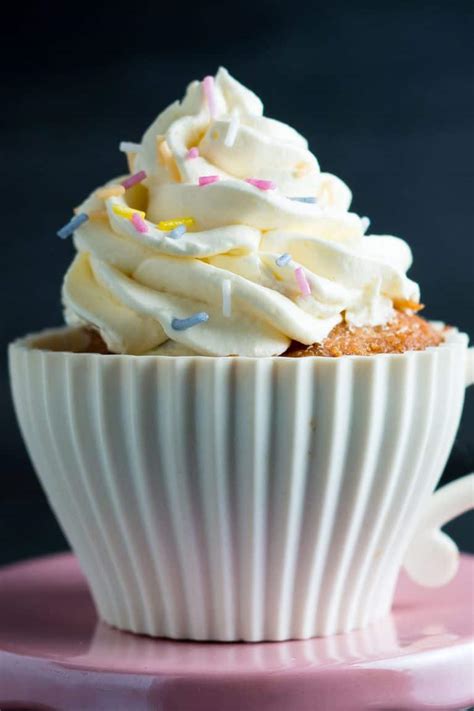The Ultimate Guide to Making Delicious Buttercream Icing
Are you ready to take your baking to the next level? Learning how to make the perfect buttercream icing is a game-changer. Whether you're a seasoned baker or just starting out, this guide will walk you through creating a smooth, creamy, and incredibly delicious buttercream that will impress everyone. We'll cover different types of buttercream and offer tips for achieving the perfect consistency. Let's get started!
Types of Buttercream Icing
There are several types of buttercream, each with its unique texture and flavor profile. Here are a few popular choices:
American Buttercream
This is the most common type of buttercream, known for its light and fluffy texture. It's made with butter, powdered sugar, and milk or cream. The simplicity of this recipe makes it a favorite among beginners. Its versatility also allows it to be easily flavored with extracts, cocoa powder, or other additions.
Key features: Easy to make, light and fluffy texture, highly adaptable to different flavors.
Swiss Meringue Buttercream
This elegant buttercream is known for its superior stability and smooth, glossy finish. It involves whipping egg whites and sugar over a double boiler before incorporating the butter. This method creates a stable emulsion that resists melting and holds its shape beautifully.
Key features: Stable, smooth, glossy finish, holds its shape well, slightly richer flavor.
Italian Meringue Buttercream
Similar to Swiss meringue buttercream in its stability and smooth texture, Italian meringue buttercream uses a hot sugar syrup to cook the egg whites. This results in an incredibly stable and glossy buttercream ideal for intricate piping and decorating.
Key features: Very stable, glossy, holds its shape exceptionally well, richer flavor than American Buttercream.
French Buttercream
This type of buttercream uses a cooked egg yolk mixture and is generally less common due to the potential risk of salmonella if not made correctly. It produces a rich and flavorful buttercream that many bakers find exceptional. However, the higher temperature involved makes it slightly more complex to make.
Key features: Very rich, intense flavor, requires careful attention to temperature control.
Tips for Perfect Buttercream
Regardless of the type of buttercream you choose, here are some tips to ensure success:
- Use high-quality ingredients: The quality of your butter significantly impacts the final product. Choose unsalted butter for better control over sweetness.
- Room temperature butter is key: Soft, but not melted, butter is crucial for proper creaming and achieving a smooth consistency.
- Gradually add powdered sugar: Avoid creating a dust cloud by adding the powdered sugar slowly while mixing on low speed.
- Don't overbeat: Overbeating can incorporate too much air, leading to a grainy texture.
- Flavor it up!: Get creative with extracts, cocoa powder, fruit purees, or even spices to create unique and delicious buttercream flavors.
- Proper storage: Store your buttercream in an airtight container in the refrigerator for up to a week.
Beyond the Basics: Creative Applications
Buttercream isn't just for cakes! Get creative with your applications:
- Frosting cupcakes: A classic combination, perfectly portioned for every sweet tooth.
- Cake decorating: Create stunning designs with various piping techniques.
- Filling pastries: Add a luscious filling to your cookies and pastries.
- Sandwich cookies: Elevate simple cookies with a creamy buttercream layer.
Mastering the art of making buttercream icing opens a world of delicious possibilities. Experiment with different flavors and techniques to find your perfect buttercream recipe. Happy baking!
